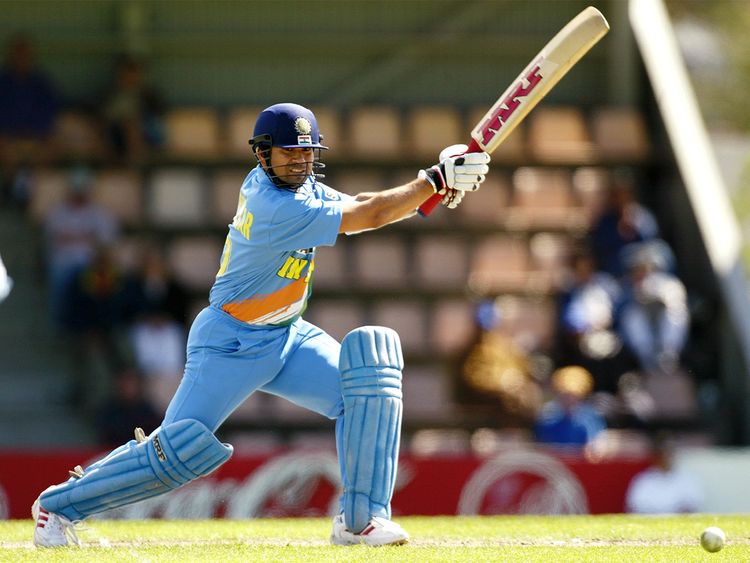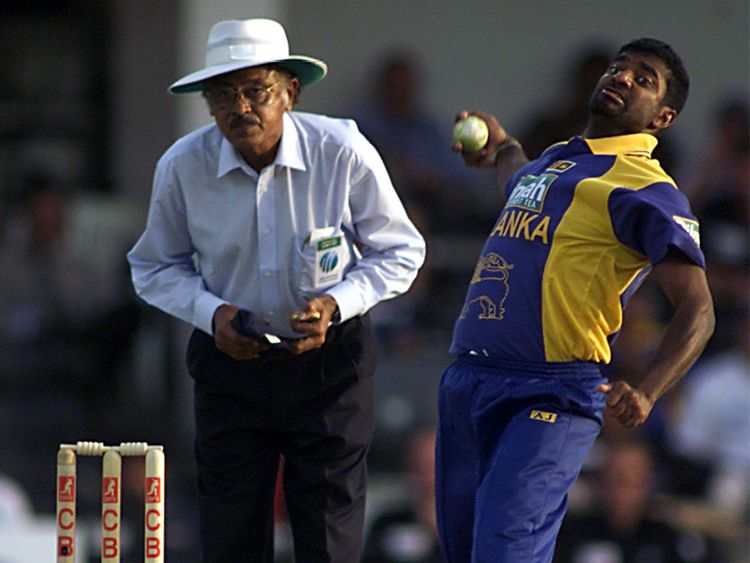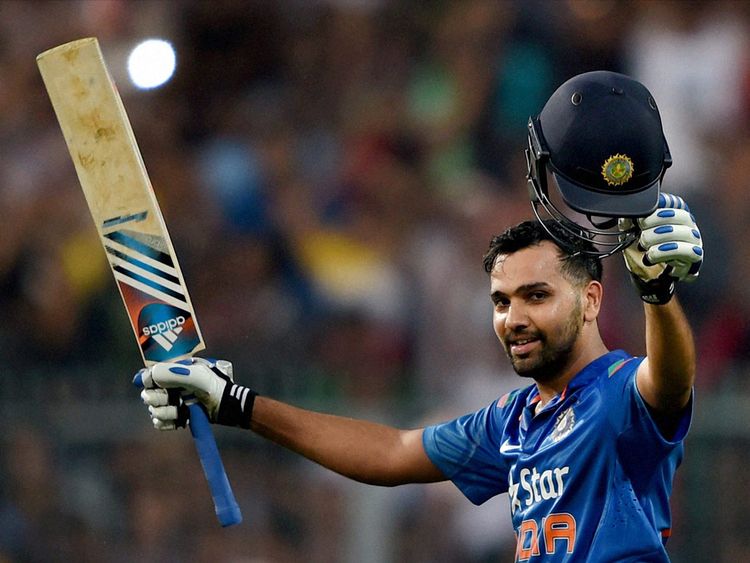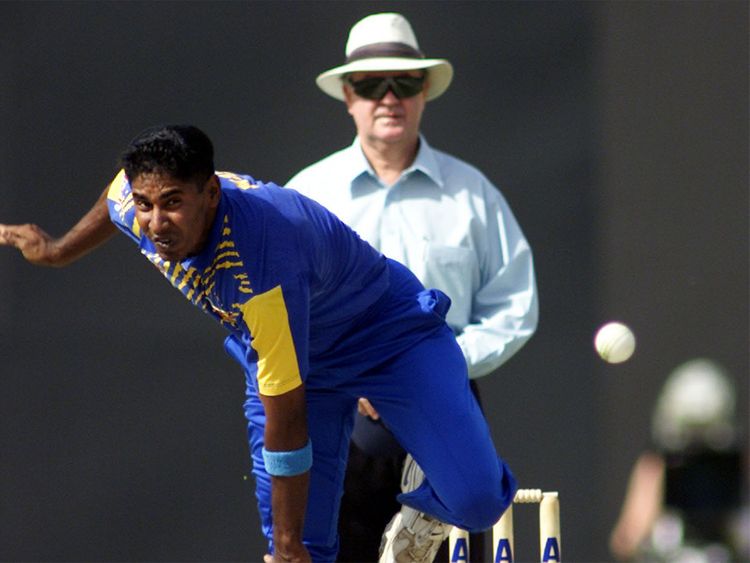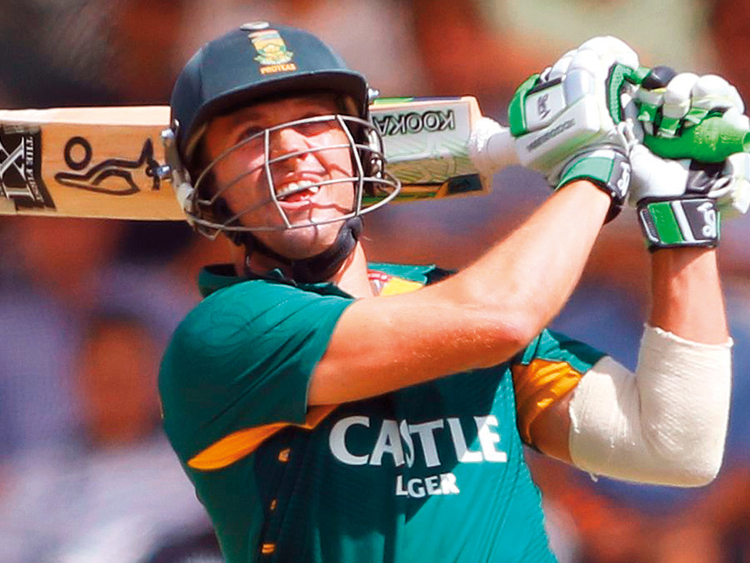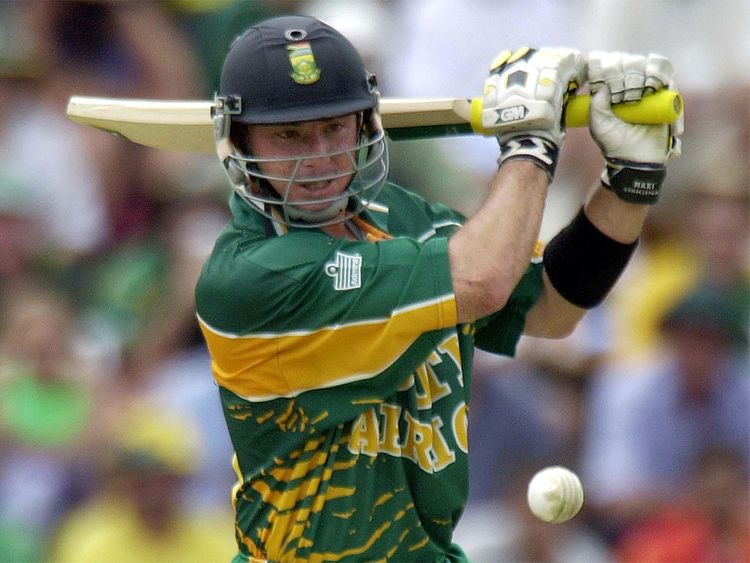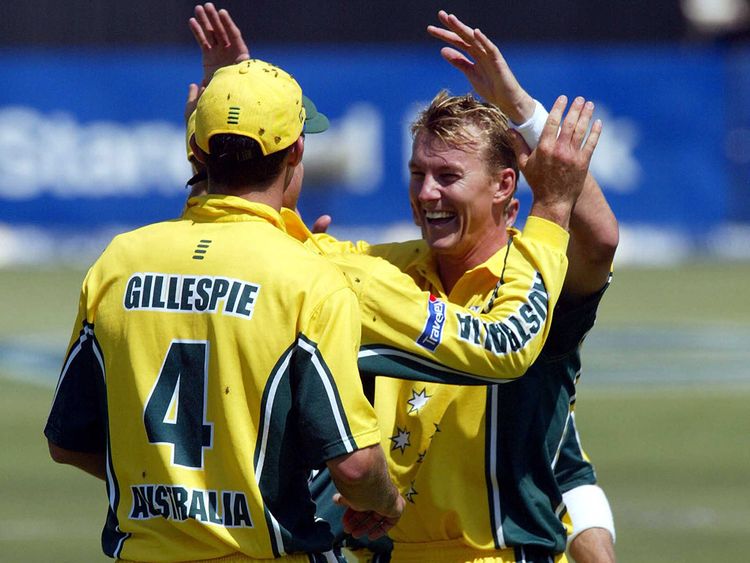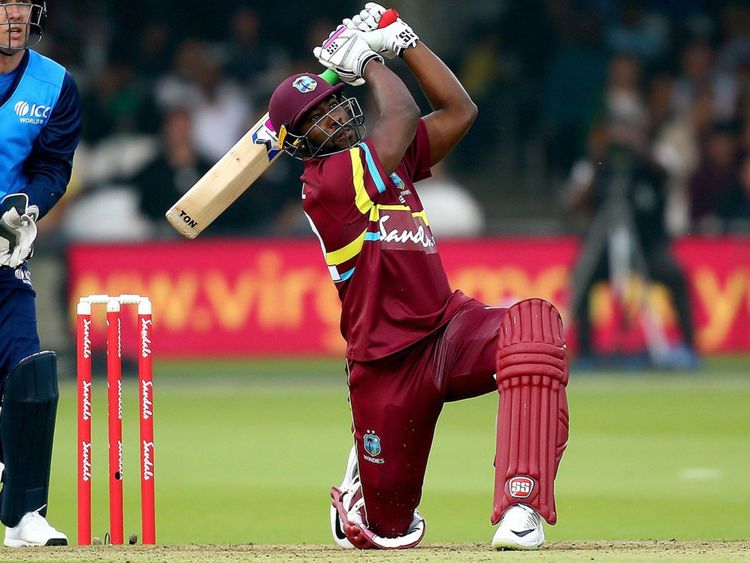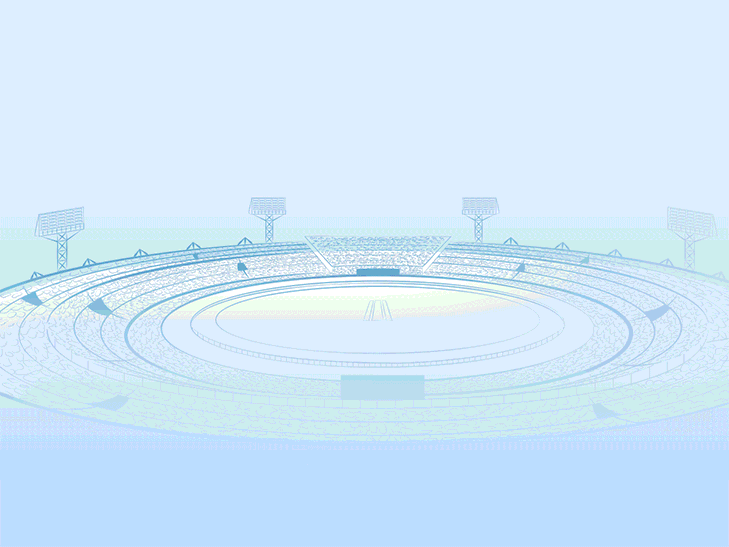
January 5, 1971. The Ashes Test in Melbourne. It rained on the first three days, and the clash between archrivals Australia and England was at risk of being cancelled. A one-day game was played instead, consisting of 40 eight-ball overs a side, “to give the public something to watch”.
Australia won the match by five wickets, and an idea was born. The game, very much a preserve of England those days, was looking for a commercially viable alternative to Test matches. One-day cricket turned out to be the answer to their prayers as it revolutionised the game over four decades.
January 5, 2021. The world has changed, so has cricket. The 50-over One-day Internationals had provided the sport with a lifeline that led to the birth of World Cup and ICC Champions Trophy along with major commercial TV deals. The format now finds itself at the crossroads. A strange predicament when cricket celebrates 50 years of ODIs.
Early last year, Indian skipper Virat Kohli caused an uproar during an ODI series in New Zealand when he said one-dayers were ‘’not relevant’’ in the year of a T20 World Cup since there were no major 50-over competitions. The T20 World Cup was later called off due to the COVID-19 pandemic, but the point remains: Was Kohli being plain abrasive or being brutally honest?
Kohli’s comments may have smacked of arrogance to a certain degree, but there was also an element of truth. Since the observation came from arguably the greatest batsman of the 50-overs format, there is a seething irony. The 50-over ICC World Cup is still deemed the biggest prize in the sport, but the ODI format is caught between the tradition of Tests and the burgeoning market of the T20 game.
T20s steal the ODI thunder
Is it fair to blame the Twenty-20 format, the new golden goose of cricket, or has the 50-over format losing its way? Or has the International Cricket Council (ICC) failed to balance the three formats since launching the first T20 World Cup in 2007?
Not too many fans will remember that the Board of Control for Cricket in India (BCCI) was initially not keen to send a team to the first T20 World Cup in South Africa. It was on the back of the nightmarish campaign in the 50-over World Cup in the Caribbean that the Indian board decided to send a rag-tag team, under the captaincy of Mahendra Singh Dhoni, to comply with the ICC diktat — and that turned out to be a defining moment in the history of Indian cricket.
The ‘Men in Blue’ won their second major ICC tournament (the first being the historic 1983 Prudential Cup) by beating Pakistan in the last over of a thrilling final. The success of a new, tighter format of World Cup that finished in three weeks — contrary to its big brother’s long-winded nature, running for nearly 50 days — awakened the governing body to its enormous potential.
THE STATS AND FACTS
A surfeit of T20 World Cups was held in close succession: in 2009, 2010, 2012, 2014 and 2016 — before the ICC eventually scheduled the next one at a gap of four years in 2020.
Suddenly, the ‘short and sweet’ format became the establishment’s eye candy — while the emergence of the Indian Premier League (IPL) also changed the landscape. The new T20 format became the equivalent of what the ODIs were in the ‘80s and ‘90s — and this new phenomenon made the bilateral ODI series somewhat irrelevant.
In an early interview with Gulf News in 2008 on the sidelines of the ICC Annual Awards in Dubai, Ravi Shastri — then one of the TV pundits — was one of the first who called for dropping the ICC Champions Trophy. The tournament involving top eight countries was once billed as the ‘Mini World Cup,’ but it was increasingly clear that it may be sacrificed to accommodate more T20 World Cup editions.
The ICC’s approach to the Champions Trophy was a sign of the times. Initially, the 2013 edition in England was to be the last, but another edition was held in 2017.

White-ball cricket
Over the last decade, market forces have worked overtime to make the T20 franchise leagues a flourishing industry. It’s virtually impossible to identify Chris Gayle, Andre Russell, Faf du Plessis, Shoaib Malek or Shahid Afridi with a particular team as they drift around the globe to ply their trade on fat contracts.
While IPL and Australia’s Big Bash League are undoubtedly the biggest draws, the other clones are the Caribbean Premier League (CPL), Pakistan Super League (PSL), T20 Blast (England), Bangladesh Premier League (BPL), Mzansi Super League (South Africa) or Afghanistan Premier League (APL). England, who have opened up the horizon for their players over the past few years, were scheduled to launch the ‘The 100’ last year but the pandemic enforced a delay.
Torn between the five-day format (which the ICC have tried to repurpose by introducing the World Test Championship from 2019) and the brave, new world of T20, the 50-overs format is losing its identity. Take a look at any Future Tours Programme, and you will see ODIs shoehorned between the Tests and T20 games.
From what used to be an engrossing contest between the bat and ball in the ODIs, the current generation views the 50-overs game as a ‘longer version’ of the T20 format.
It’s now all a part of ‘white-ball cricket,’ in the modern parlance. The ICC World Cup is the only saving grace, while the charm of the Benson & Hedges Cups, VB Series, Hero Cup or MRF World Series remain in our memories. Clearly, the ODIs have become an endangered format.


